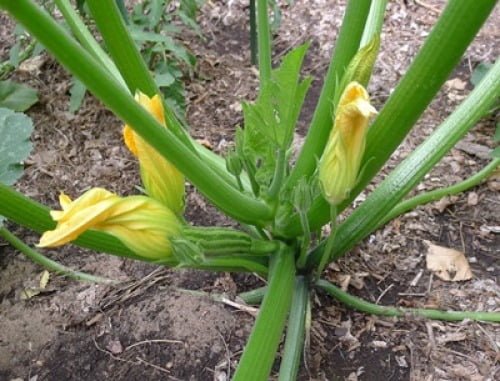Are your zucchinis struggling to produce a bountiful harvest? Look no further because we have got you covered with “The Ultimate Guide to Manually Pollinating Zucchini.” In this informative article, you will discover the step-by-step process of hand-pollination, ensuring that your zucchini plants thrive and bear a remarkable yield. Get ready to embark on a fascinating journey of nurturing your zucchinis to their full potential!
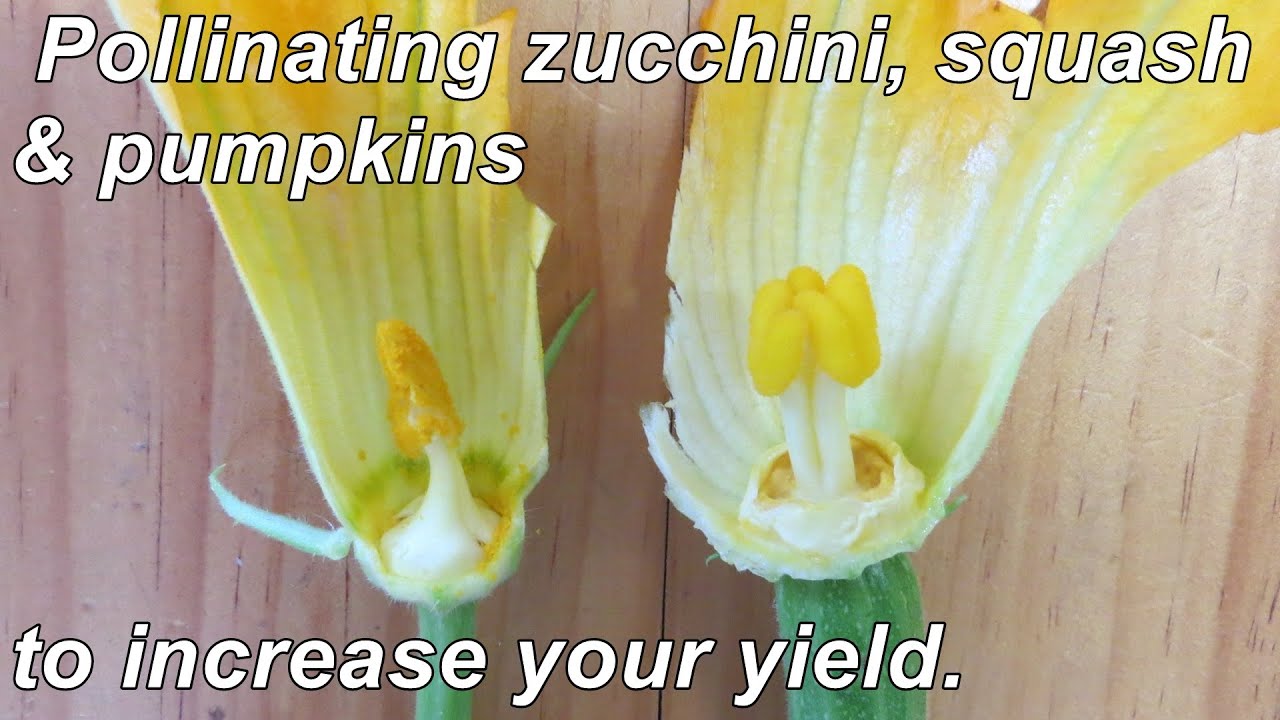
Why manually pollinate zucchini?
Zucchini is a popular and versatile vegetable that has become a staple in many kitchens. However, without proper pollination, the yield and quality of zucchini can be greatly diminished. Manual pollination of zucchini plants can help ensure a higher success rate of fruit production and increase the overall productivity of your garden. By taking the time to understand zucchini pollination, identifying the right time for pollination, and implementing proper techniques, you can reap the rewards of a bountiful zucchini harvest.
Understanding zucchini pollination
The importance of pollination
Pollination is a vital process in the reproductive cycle of plants, allowing for the transfer of pollen from the male to the female flower. In the case of zucchini plants, pollination is necessary for the production of fruit. Without proper pollination, zucchini flowers may drop prematurely, and fruits may fail to grow or develop properly.
Female and male zucchini flowers
To understand zucchini pollination, it’s crucial to differentiate between female and male flowers. Female flowers are easy to identify due to their distinct shape – they have a swollen, immature fruit at their base, which will later develop into a zucchini. Male flowers, on the other hand, do not possess this fruit-like structure and are usually borne on longer, slender stalks.
Common pollination problems
Several factors can hinder the natural pollination process of zucchini plants, resulting in low fruit production or misshapen fruits. These common pollination problems include a lack of pollinators, such as bees, inadequate pollen transfer, and improper timing of pollination. By manually pollinating zucchini, you can overcome these challenges and ensure a higher success rate of fruit development.
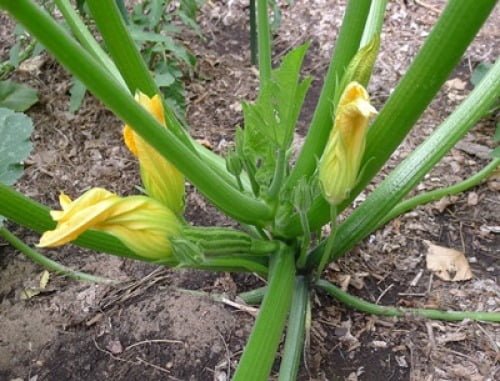
Identifying the right time for pollination
Recognizing female flowers
To successfully pollinate zucchini plants manually, it is crucial to identify the right time to pollinate female flowers. Female flowers typically appear a few weeks after the emergence of the first male flowers. They can be identified by their distinguishable swollen structure at the base, which will ultimately develop into a zucchini fruit. It is important to wait until the female flowers are fully open and receptive to pollen before proceeding with the manual pollination process.
Recognizing male flowers
Identifying male flowers is equally important in manual pollination. Male flowers are typically borne on longer stalks and lack the swollen base that is characteristic of female flowers. They are responsible for producing and releasing pollen, which plays a crucial role in fertilizing the female flowers. It is essential to ensure an adequate presence of healthy male flowers for successful manual pollination.
Determining optimal pollination time
Timing is critical when manually pollinating zucchini plants. It is best to perform manual pollination early in the morning when the flowers are fully open, the pollen is most abundant, and the chances of successful fertilization are highest. The ideal temperature for pollination is around 70-85°F (21-29°C), as extreme heat or cold can adversely affect pollen viability and the overall success of pollination.
Tools and materials needed
Before delving into the process of manual pollination, gather the necessary tools and materials to execute the task effectively. Here’s a list of items you will need:
- Small paintbrush or cotton swabs: These will be used to collect and transfer pollen.
- Labels or markers: These are useful for marking flowers that have been pollinated to ensure you can track the progress of fruit development.
- Soft ties or twist ties: These can be used to secure protective covers around the pollinated flowers to prevent accidental cross-pollination.
- Optional: Thin muslin or mesh bags, if you choose to isolate the female flowers for enhanced control over pollination.
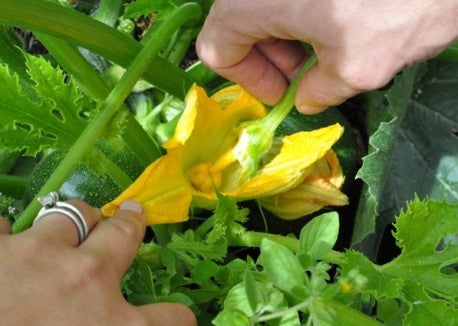
Preparing for manual pollination
Selecting the healthiest plants
Before beginning the manual pollination process, take some time to evaluate the health of the zucchini plants in your garden. Select plants that are vigorous, disease-free, and exhibiting strong growth. Healthy plants are more likely to produce high-quality pollen and fruit, ensuring better outcomes from the manual pollination efforts.
Identifying a reliable pollen source
To achieve successful manual pollination, it is crucial to have a reliable pollen source. Verify that you have an ample supply of healthy male flowers with abundant, vibrant-colored pollen. Pollen viability is essential for fertilization, so look for fresh pollen that is not clumped or discolored.
Isolating and protecting desired flowers
To prevent accidental cross-pollination and maintain control over the pollination process, consider isolating specific female flowers. This can be done by enclosing the flowers in thin muslin or mesh bags or by using soft ties to secure protective covers around the flowers. Isolating flowers can enhance the chances of successful pollination and ensure that the desired fruits develop without interference from nearby plants.
Step-by-step guide to manual pollination
Gathering pollen from male flowers
- Select a healthy, fully opened male flower in the morning, when the pollen is most abundant.
- Gently pluck the petals of the male flower, exposing the pollen-laden stamen.
- Using a small paintbrush or cotton swab, gently brush the stamen to dislodge the pollen, ensuring it adheres to the brush or swab.
Applying pollen to female flowers
- Identify a fully opened, receptive female flower with the swollen base that will develop into a zucchini fruit.
- Carefully transfer the collected pollen from the male flower onto the stigma in the center of the female flower. Brush the pollen-laden brush or swab against the stigma to ensure the transfer of pollen.
- Repeat this process for each desired female flower, ensuring that each receives an ample amount of pollen.
Proper pollination techniques
When manually pollinating zucchini, it is crucial to follow proper techniques to maximize the chances of successful fertilization. Ensure that the pollen is transferred gently and evenly onto the stigma of the female flower to avoid damaging the delicate reproductive structures. Take care not to touch the stigma with your finger or any other part of the pollination tool, as this can contaminate the process.
Avoiding over-pollination
While it’s important to ensure successful pollination, it’s equally crucial to avoid over-pollination, which can lead to misshapen or undersized fruits. Limit the number of pollinated female flowers per plant to ensure optimal fruit development. Too many fruits can strain the plant’s resources and inhibit the growth of each individual fruit.
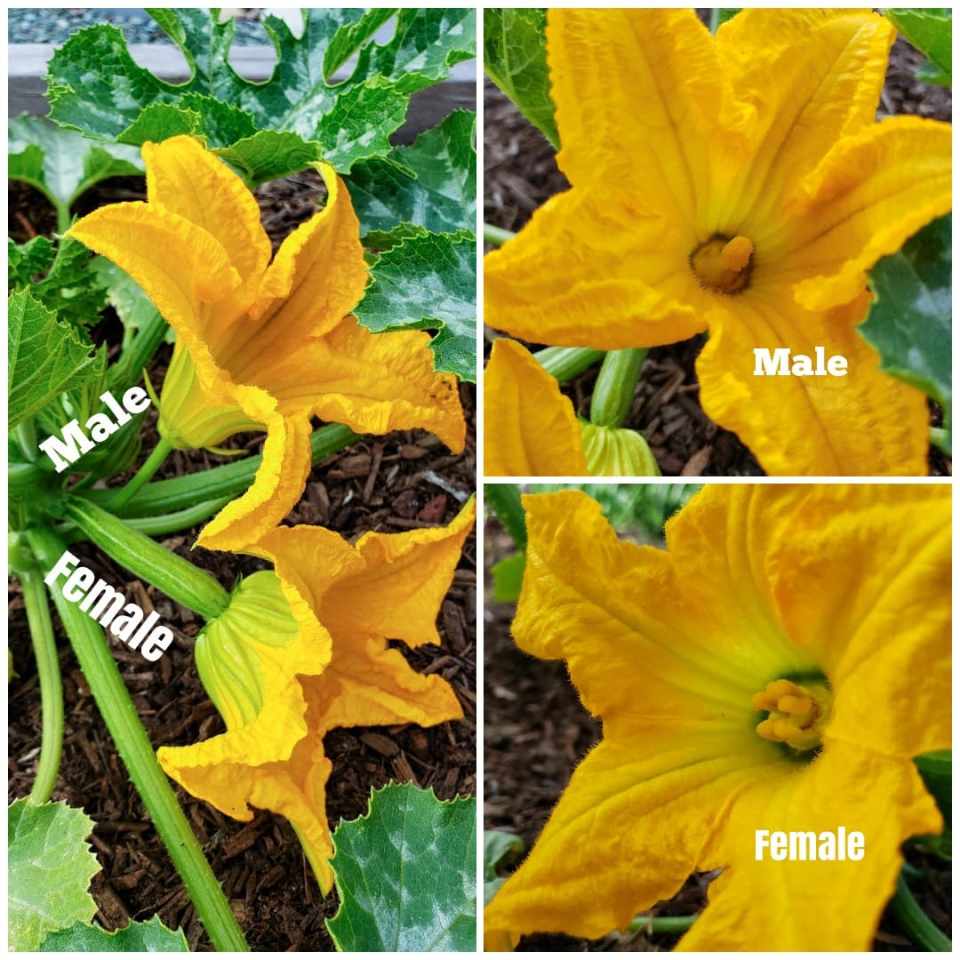
Potential challenges and troubleshooting
Flower bud drop
One common challenge in zucchini cultivation is flower bud drop, where the buds fall off before opening into flowers. This can be caused by stressors such as extreme temperatures, inadequate nutrition, or insufficient pollination. To mitigate flower bud drop, ensure that plants are kept in optimal growing conditions, regularly monitor for pests and diseases, and maintain consistent watering and fertilization practices.
Poor male flower production
If your zucchini plants are not producing an adequate number of male flowers, it can limit the success of manual pollination. Factors such as temperature fluctuations, inadequate nutrition, or stress can contribute to poor male flower production. To address this issue, ensure that your plants receive proper nutrition, provide consistent growing conditions, and consider planting additional zucchini varieties known for prolific male flower production.
Lack of viable pollen
The quality and viability of pollen are vital for successful fertilization. If the pollen grains are clumped or discolored, the chances of successful pollination diminish. To ensure an ample supply of viable pollen, select healthy male flowers with vibrant-colored pollen and avoid using wilted or discolored flowers.
Unsuccessful pollination
Sometimes, despite your best efforts, manual pollination may not be successful. Factors such as poor pollen transfer, incompatible varieties, or insufficient pollinators can contribute to unsuccessful pollination. In such cases, consider introducing pollinators such as bees to your garden, or resort to hand-pollination using other compatible varieties for cross-pollination.
Caring for pollinated zucchini plants
Supporting plant growth and development
After successful pollination, it is crucial to continue supporting the growth and development of the pollinated zucchini plants. Maintain consistent watering practices, ensuring that the soil remains consistently moist but not waterlogged. Consider implementing a trellis or support system to keep the growing fruits off the ground, reducing the risk of disease and damage.
Maintaining ideal growing conditions
To foster the health and productivity of pollinated zucchini plants, provide them with ideal growing conditions. Zucchini thrives in well-draining, nutrient-rich soil. Regularly monitor and address any signs of nutrient deficiencies or imbalances. Additionally, provide adequate sunlight exposure, aiming for at least six hours of direct sunlight daily.
Addressing pests and diseases
Zucchini plants are susceptible to various pests and diseases that can damage or inhibit fruit development. Regularly monitor your plants for signs of pests such as aphids, squash bugs, or powdery mildew. Implement appropriate organic pest control methods and promptly address any issues to ensure a successful harvest.
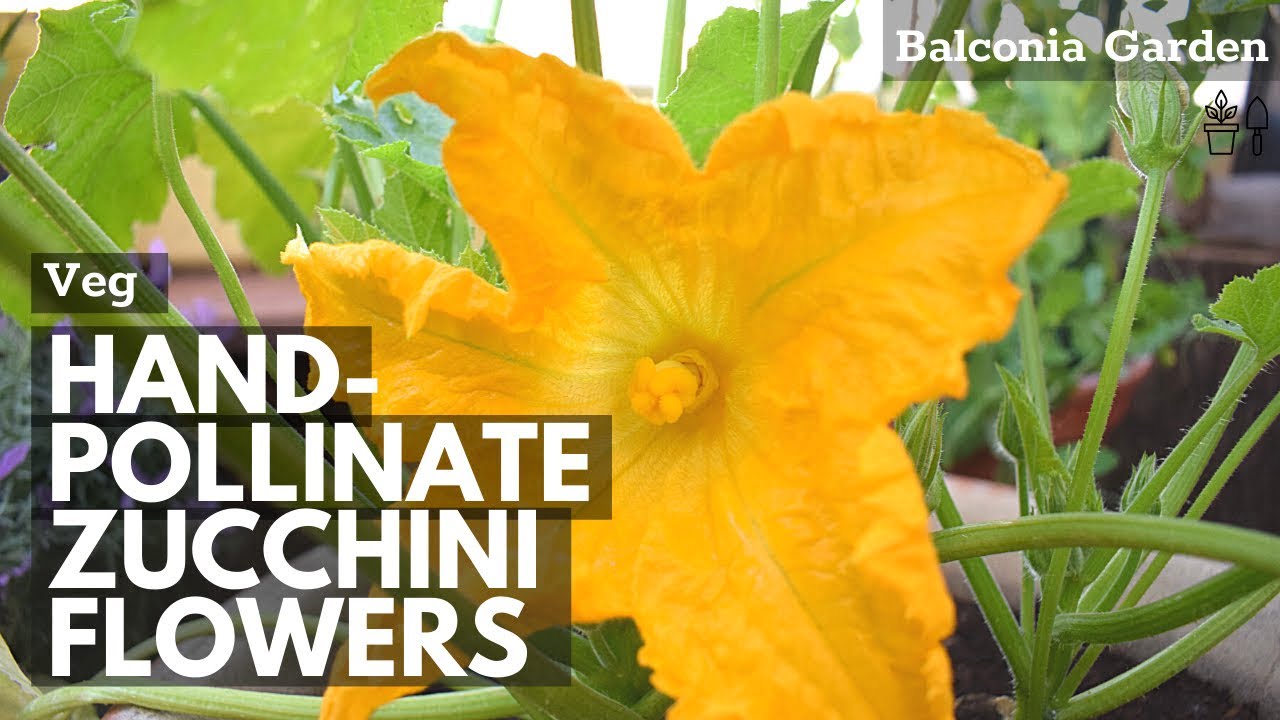
Monitoring for successful pollination
Signs of successful pollination
One of the most apparent signs of successful pollination is the development of the zucchini fruit. Within a few days to a week after pollination, you should notice the fruit starting to grow and enlarge at the base of the female flower. This is an encouraging sign that the pollination process was successful and that the zucchini fruit will continue to mature.
Checking for fruit development
Regularly inspect the pollinated flowers for continued fruit development. As the zucchini fruit grows, it will enlarge and develop a more defined shape. Monitor for any signs of abnormal growth or deformities, addressing any concerns promptly to ensure optimal fruit development.
Monitoring for abnormalities
Throughout the growth and development of your zucchini plants, continue to monitor for any abnormalities that may indicate issues with pollination or the health of the plant. Look for signs of wilting, discoloration, or pest damage. Promptly address any abnormalities to prevent further harm and maintain the overall vitality of your plants.
Conclusion
Manual pollination of zucchini plants can be a rewarding and effective practice to ensure a bountiful harvest of this versatile vegetable. By understanding the importance of pollination, identifying the right time for pollination, and employing proper techniques, you can overcome common pollination problems and increase the success rate of fruit development. Remember to care for your pollinated zucchini plants, maintain ideal growing conditions, and monitor for signs of successful pollination to enjoy the fruits of your labor – a plentiful harvest of homegrown zucchini.
